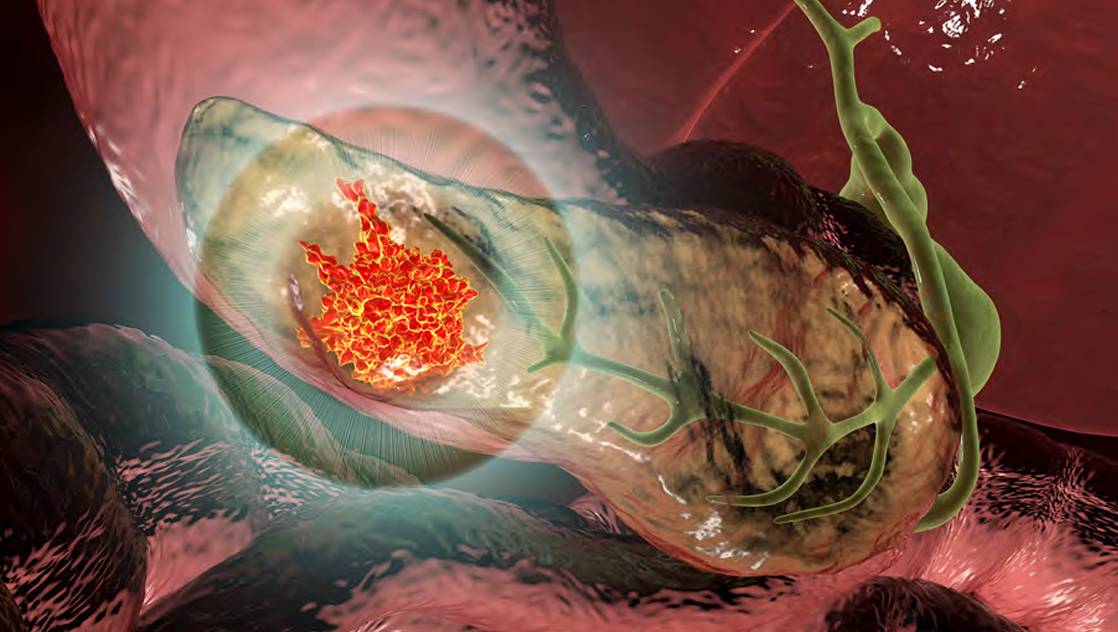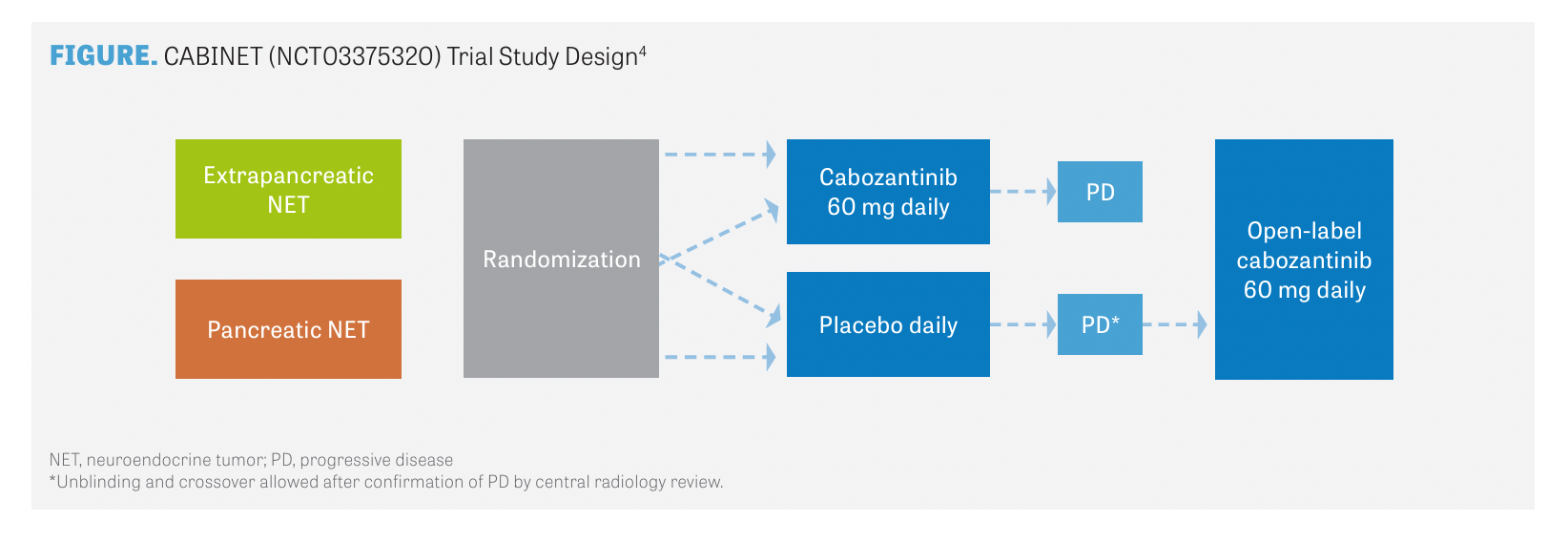The Sequence of Treatments in NETs Inches Forward
The sequencing of treatments for neuroendocrine tumors lacks robust clinical trials to serve as guideposts because of the heterogeneity of the tumors and their rare incidence.
Diane Reidy-Lagunes, MD
Gastrointestinal Oncologist
Associate Attending Physician
Vice Chair
Department of Medicine
Regional Care Network
Memorial Sloan Kettering Cancer Center
New York, NY

Unlike for breast cancer or other gastrointestinal cancers, the sequencing of treatments for neuroendocrine tumors (NETs) lacks robust clinical trials to serve as guideposts because of the heterogeneity of the tumors and their rare incidence.
“Clinical decision- making is often based on best practices and the patient who is sitting in front of you in the examination room,” said Diane Reidy- Lagunes, MD, a gastrointestinal oncologist and associate attending physician at Memorial Sloan Kettering Cancer Center, in New York, New York.
“What can we use to better understand how we should be treating these patients, and importantly, what will their prognosis be?” asked Reidy- Lagunes during the 41st Annual Chemotherapy Foundation Symposium Innovative Cancer Therapy for Tomorrow® conference held on November 8 to 10, 2023.1
The key to successful medical therapy is the location of the primary tumor, said Reidy- Lagunes. Although it is difficult to have a solid tumor oncology discussion without bringing up next-generation sequencing (NGS), Reidy-Lagunes shared that for NETs, NGS does not help drive management. In cases of pancreatic NETs, tumor suppressor genes such as MEN1, DAXX, or ATRX are a challenge to target and do not lead to potential therapeutic decisions.
Pathologic grading provides clinical insight during the diagnostic workup, which Reidy- Lagunes referred to as “the most important prognostic tool,” although it does have challenges. Pathologic grading takes advantage of differentiation status and cytologic grade to inform treatment decisions.
Biomarkers are unlikely to provide helpful insight but a high-quality DOTATATE PET/CT scan offers improved sensitivity and resolution for NETs, especially if the location of the primary tumor is unclear.

Treatment Options
Addressing treatment challenges, Reidy-Lagunes noted that success is often accomplished through a multidisciplinary approach that combines surgery, medical oncology, and nonsurgical liver-directed therapies, such as embolization. Embolization types, such as bland embolization, Y90 radioembolization, and chemoembolization, had similar response rates, but evidence that favors one over the other is limited. Other liver-directed therapies, such as drug-eluting beads, have demonstrated a high rate of abscesses and bilomas.
Medical management of unresectable NETs, either pancreatic or extrapancreatic gastrointestinal NETs, has an improving treatment landscape. The usual first-line treatments are the somatostatin analogues (SSAs) octreotide (Sandostatin) and lanreotide (Somatuline). Reidy-Lagunes said there are no data comparing the 2 SSAs and no data to suggest their use beyond disease progression.
Current approaches for pancreatic NETs include everolimus (Afinitor) and sunitinib (Sutent) based on the RADIANT-3 (NCT00510068)2 and phase 3 trial by Eric Raymond, MD, and colleagues (NCT00428597).3
In RADIANT-3, 410 patients with low- to intermediate-grade pancreatic NETs were randomly assigned to receive 10 mg of everolimus or placebo. Median progression-free survival (PFS) was 11 months in the treatment arm vs 4.6 months in the placebo arm.2
In the trial, 171 patients with low-grade pancreatic NETs were randomly assigned to receive either 37.5 mg of sunitinib or placebo. Median PFS was 11.4 months in the treatment arm vs 5.5 months in the placebo arm.3
“The targeted treatments in general don’t cause a lot of tumor shrinkage, similar to somatostatin analogues, but they do keep the disease at bay,” Reidy-Lagunes said.
CABINET Trial

Findings from the phase 3 CABINET trial (NCT03375320) demonstrated significant improvement in PFS with cabozantinib (Cabometyx) vs placebo in patients with advanced pancreatic or extrapancreatic NETs following progression on prior systemic therapy (FIGURE4). The study enrolled 290 patients into 2 cohorts of patients with pancreatic NETs (n = 93) and extrapancreatic NETs (n = 197) who received cabozantinib once daily or placebo in 28-day cycles in each of the 2 cohorts.
In patients who had extrapancreatic NETs, the median PFS was 8.3 months compared with 3.2 months for placebo after a median follow-up of 13.9 months. In the pancreatic cohort, median PFS was 11.4 months compared with 3.0 months for placebo after a median follow-up of 16.7 months. Reidy-Lagunes noted that the objective response rate (ORR) for extrapancreatic NETs was 4% vs 18% in the pancreatic NETs cohort.
“In general, in pancreatic NETs, sunitinib, everolimus, and cabozantinib have about the same PFS,” Reidy-Lagunes said. Cabozantinib is a drug to potentially consider after those therapies, which is very exciting.”
Von Hippel-Landau Disease
Patients with a germline mutation for Von Hippel-Landau (VHL) disease have a new approach available. The FDA has approved belzutifan, which is indicated for patients with VHL mutation and progressive disease.5
Belzutifan was investigated in the ongoing study MK-6482-004 (NCT03401788), an open-label clinical trial in 61 patients with VHL-associated renal cell carcinoma (VHLRCC) diagnosed based on a VHL germline alteration and with at least 1 measurable solid tumor localized to the kidney.6 This phase 2 trial evaluated the efficacy and safety of the agent, which was administered orally at a dose of 120 mg daily.
At a median follow-up of 21.8 months (range, 20.2-30.1), patients with RCC had an ORR of 49% (95% CI, 36%-62%). In patients with pancreatic lesions or central nervous system hemangioblastomas, the observed ORRs were 77% and 30%, respectively.6 Investigators reported that the median duration of response was not reached. The most common adverse event reported was anemia (90%), with grade 3 anemia in 7% of patients.
Radiolabeled Treatments
Newer radiolabeled therapies that use alpha radiation instead of lutetium have created a buzz in this space, Reidy-Lagunes said. This type of radiation is much more potent than other forms of radiation and is able to overcome common tumor resistance.
Ongoing research exploring this approach include a phase 2 safety and efficacy study evaluating 212Pb-DOTAMTATE in patients with somatostatin-positive NETs (NCT05153772), a first-in-human trial in treatment-resistant or refractory NETs of the foregut or midgut (NCT05111509), and a trial comparing RYZ101 to standard of care in patients with inoperable, advanced gastroenteropancreatic NETs (NCT05477576).
As Reidy-Lagunes concluded her presentation, she said, “Hopefully, in the next 10 years we have more studies that are looking at predictive markers and better randomized data to help us [clarify] sequencing of treatments.”

Survivorship Care Promotes Evidence-Based Approaches for Quality of Life and Beyond
March 21st 2025Frank J. Penedo, PhD, explains the challenges of survivorship care for patients with cancer and how he implements programs to support patients’ emotional, physical, and practical needs.
Read More